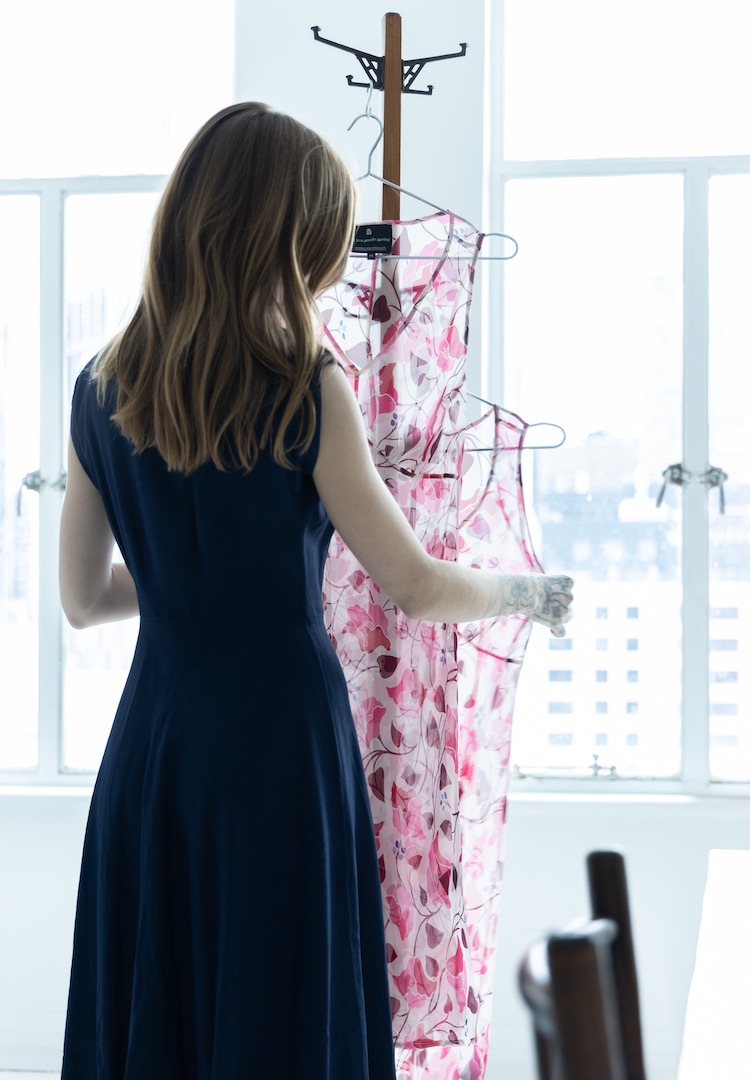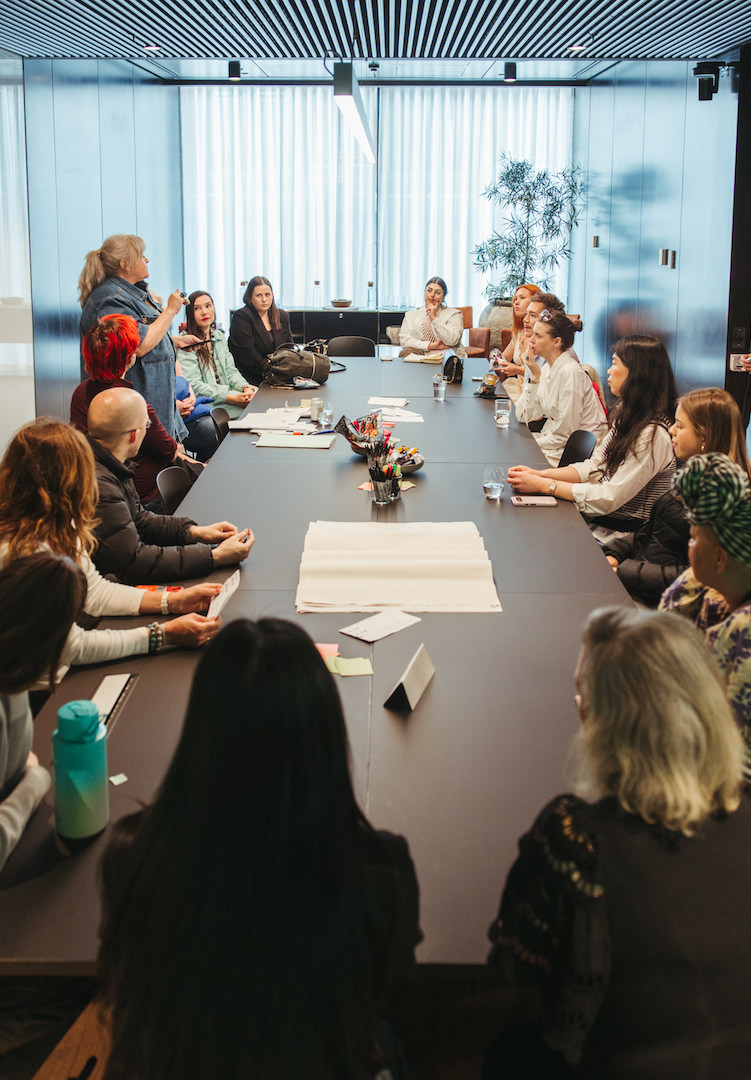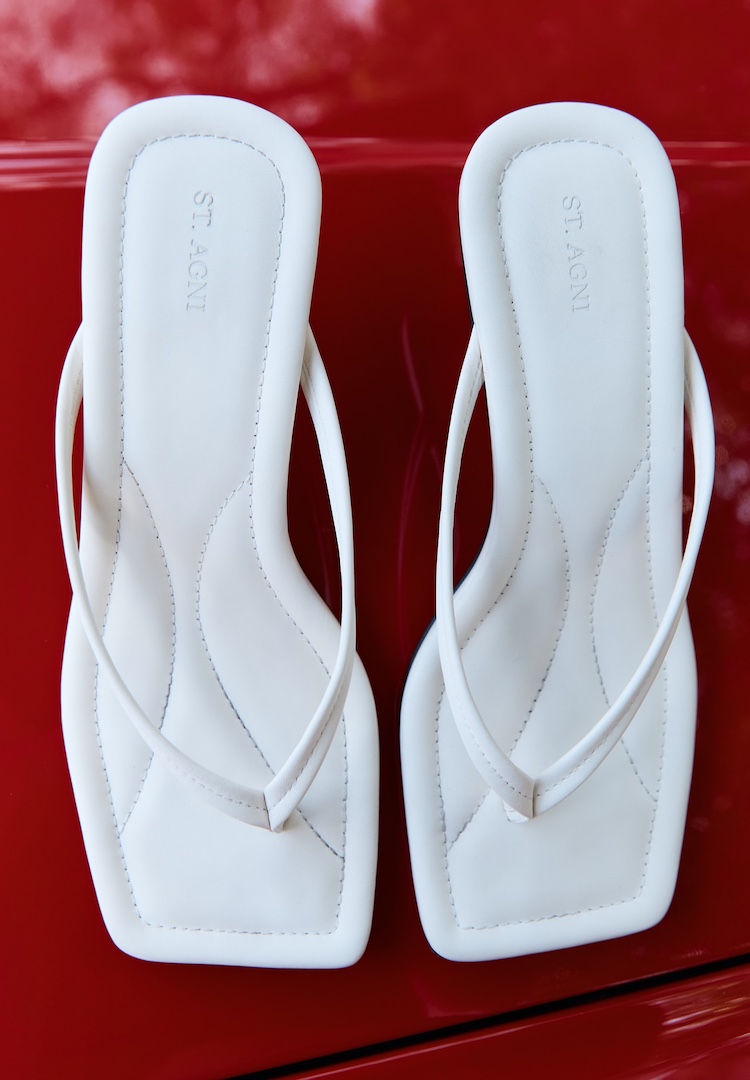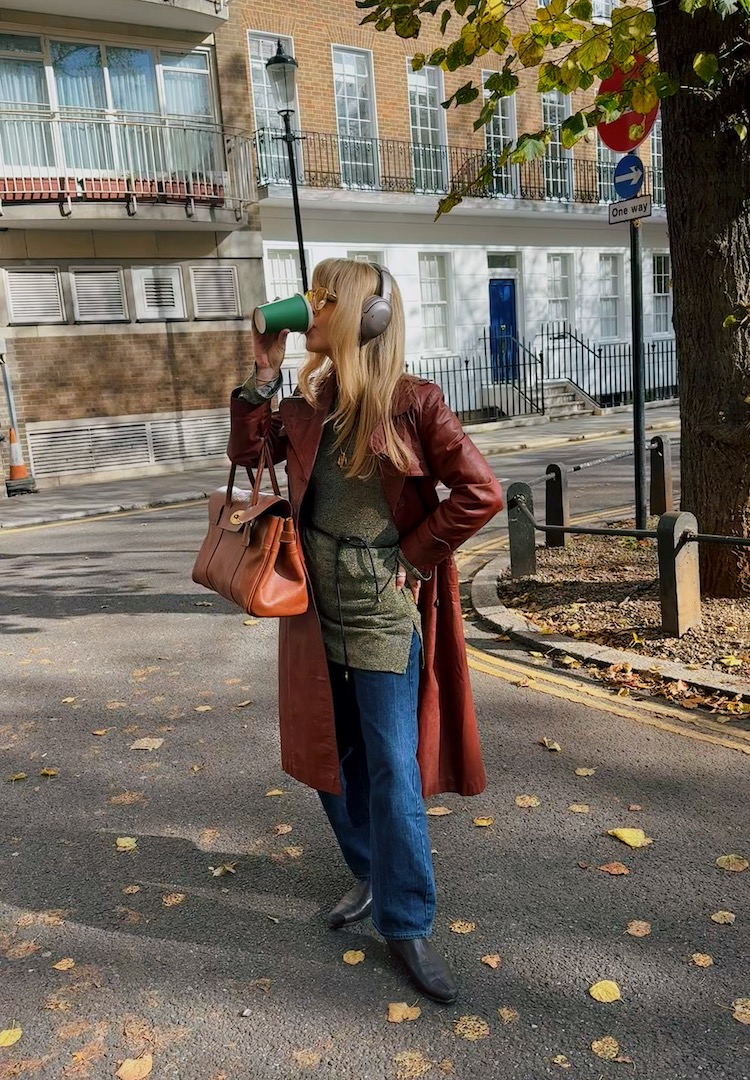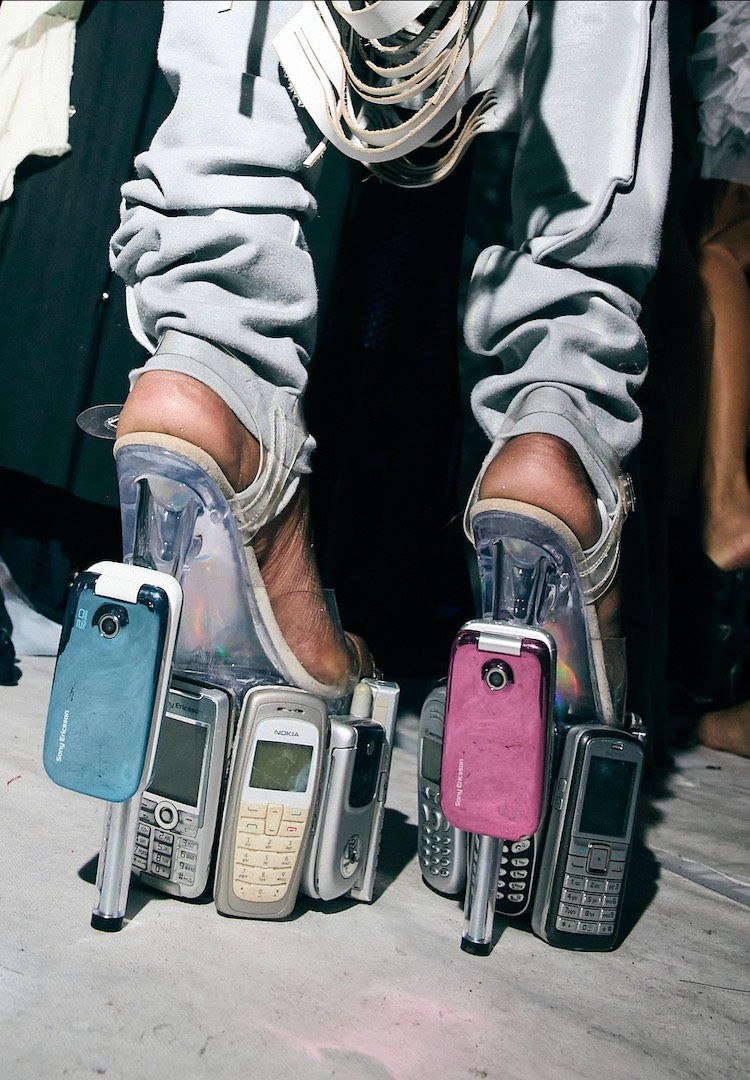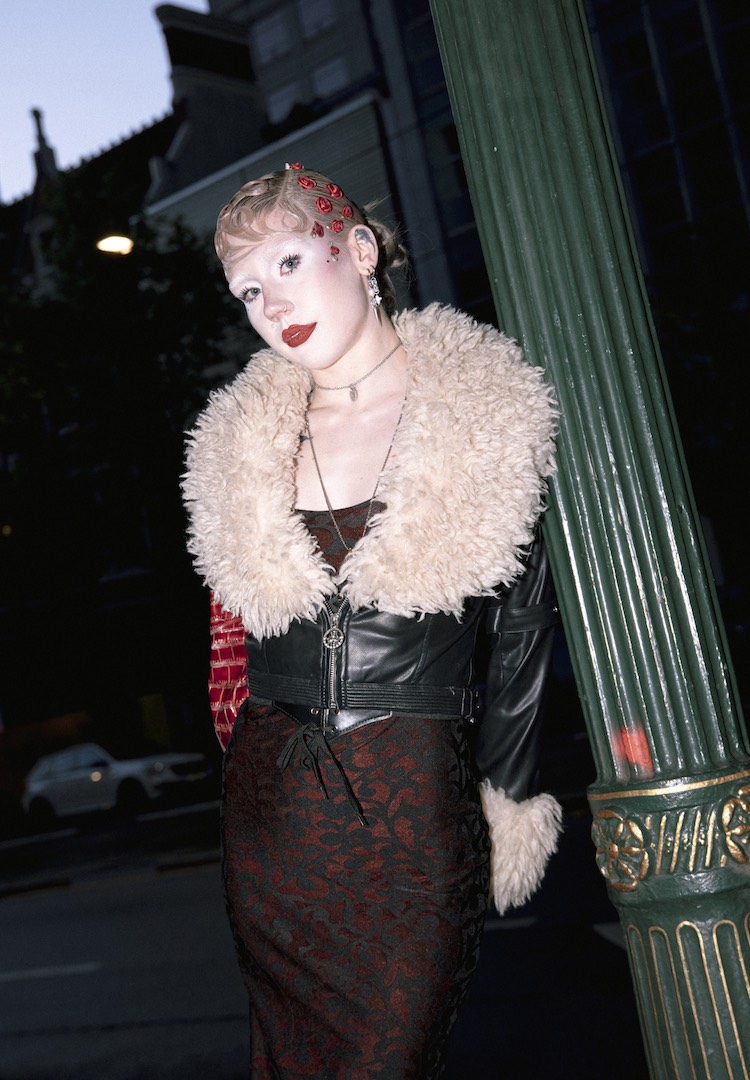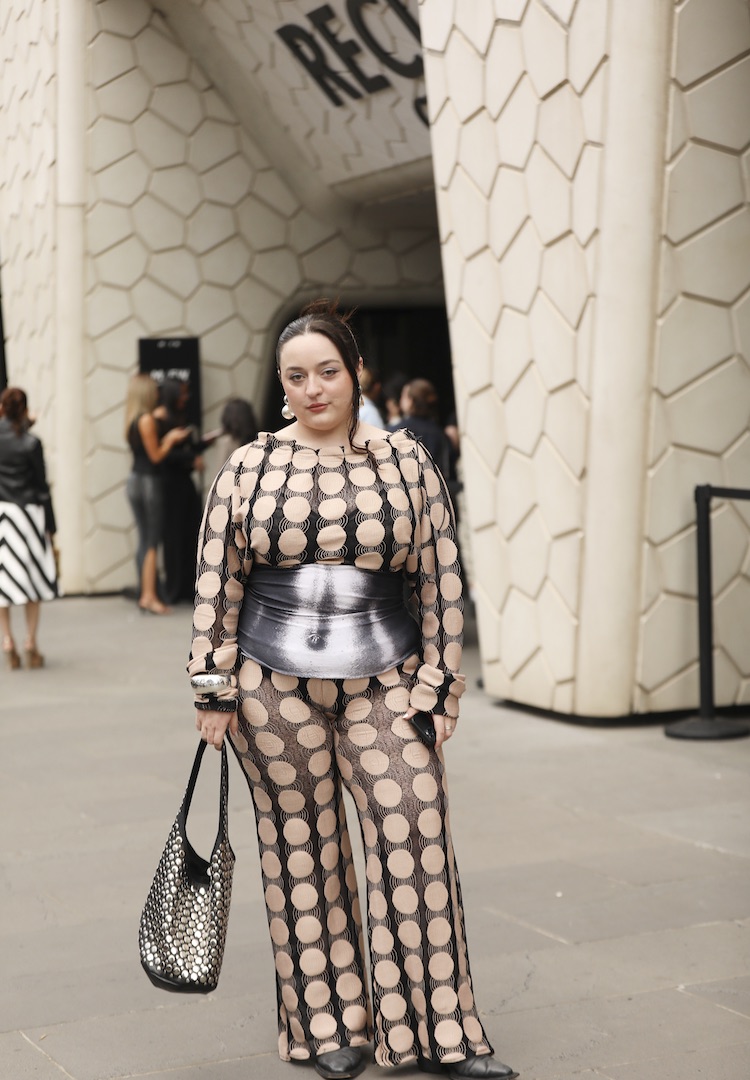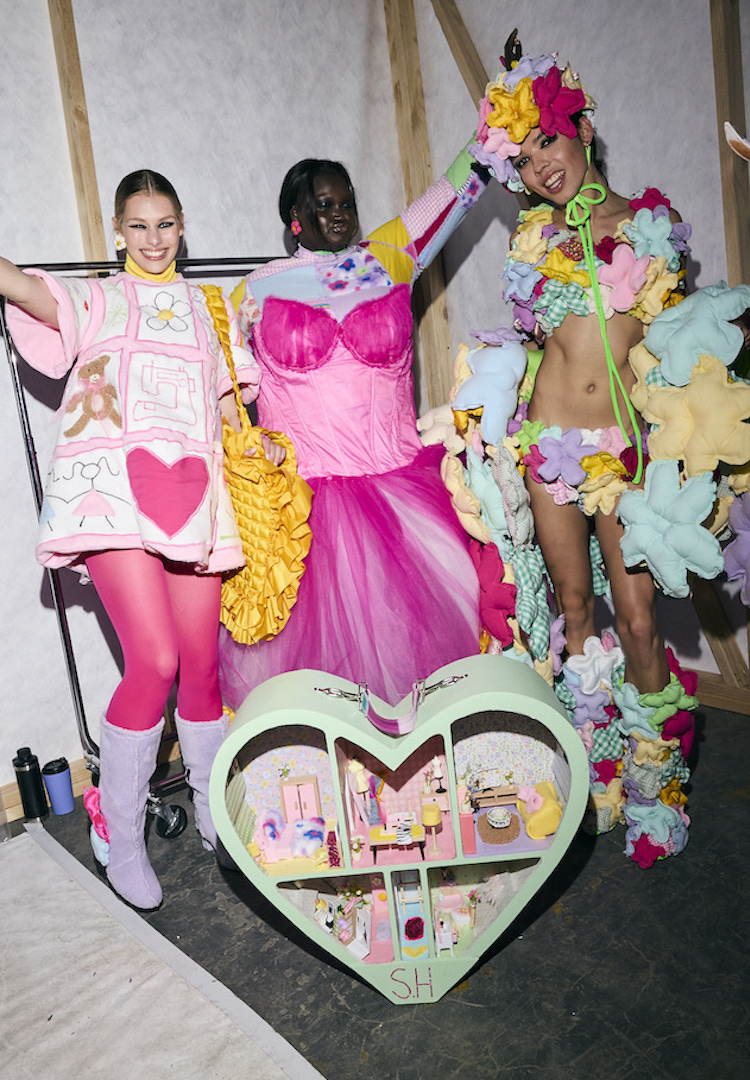Fashion for Every Body: Talking diversity and design at Melbourne Fashion Week
In partnership with GPT Space&Co 530 Collins St
Words by Alexcea Apostolakis
“When barriers are reframed as creative prompts rather than obstacles, fashion opens up to innovation.”
Since moving to Melbourne from New Zealand a year ago, I’ve been particularly intrigued by this city’s unique style identity. Like Aotearoa, Australia’s fashion scene is dynamic and ever-changing, a landscape shaped by independent creatives and driven by conscious (and of course, stylish) consumers.
And while I’ve grown more familiar with both the emerging designers and big names in Australian fashion, I know there’s so much more to learn when you’re open to hearing from different perspectives in the community.
For more fashion news, shoots, articles and features, head to our Fashion section.
So, dressing for the spectacular occasion that is Melbourne Fashion Week (M/FW), I put on my favourite tie and headed down to the GPT Group’s premium office tower, 530 Collins St, to attend one of the roundtable discussions that caught my eye, M/FW Conversations: Fashion for Every Body.
My thursday afternoon unfolded within GPT Space&Co, an inspiring flexible workspace that immediately felt designed with purpose. Every corner seemed to invite innovation, and its collaborative atmosphere echoed the same energy, ambition, and inclusivity that fuels Melbourne’s creative community. Bringing together local innovators, designers, and artists, GPT Space&Co provided the perfect backdrop for bold discussions about diversity and representation in fashion.
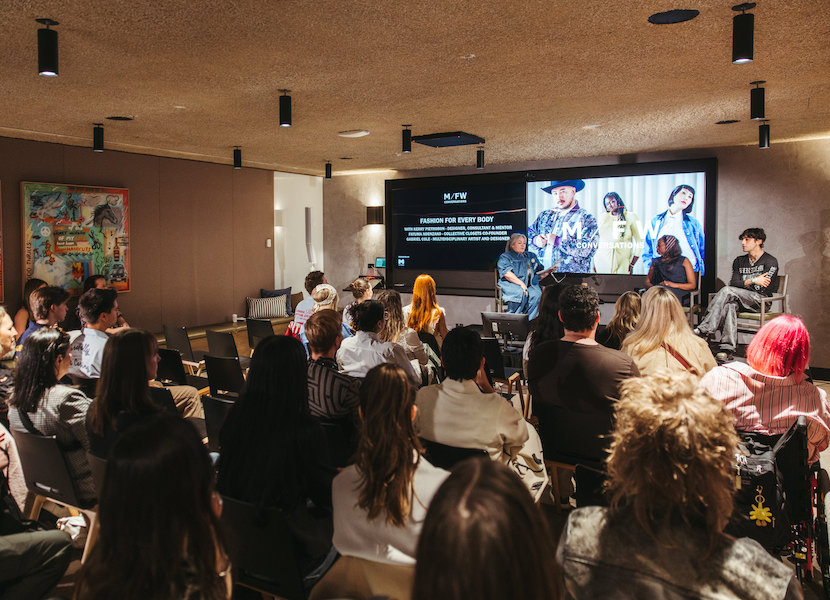
The local industry is undergoing a quiet yet powerful transformation, one that’s redefining how we see and engage with design. Conversations about size, culture, ability and gender, are no longer sitting on the sidelines; they’ve moved centre stage, becoming essential catalysts for creativity rather than barriers.
At the M/FW Conversations: Fashion for Every Body panel, these themes came to life through local designers and artists sharing how their lived experiences shape their approach to design. Collectively, their insights painted a portrait of an industry ready to evolve, not by abandoning its past, but by reimagining it through a lens of inclusivity.
Creative catalyst
For the designers on the panel, one sentiment was clear: designing for diversity isn’t a limitation, it’s a creative catalyst. Multidisciplinary artist and designer, Gabriel Cole, described his process as one sparked by observation and resonance. He designs in response to what he sees and feels, finding relevance in connection. When it comes to inclusive design, Gabriel spoke about the need to “think beyond yourself.” Designing for all people, he explained, is a core sentiment of his label, Asau.
“Fashion is a language of identity,” he said. “It’s a tool to inform, educate, and celebrate.” Gabriel’s work reveals a deep passion for storytelling through art and design. “There are unwritten rules on how to do things… how to make a pair of pants, take measurements, that sort of thing,” he reflected. By deconstructing patterns and reinventing familiar silhouettes, Gabriel challenges tradition, creating genderless garments that aim to make its wearers feel confident and included, effortlessly.
For Harlow founder and plus-size fashion specialist, Kerry Pietrobon, inclusivity was never an afterthought. It was, and still is, the very foundation of her work. “Inclusivity isn’t just something I added later, it’s at the heart of what I do,” she tells me.
Her designs revolve around fit, a detail she affectionately describes as her “love language.” Designing to fit, she explained, is more than a technical consideration, it’s an act of care and respect for the wearer. Her genuine devotion to creating garments that celebrate all bodies was palpable throughout the conversation.
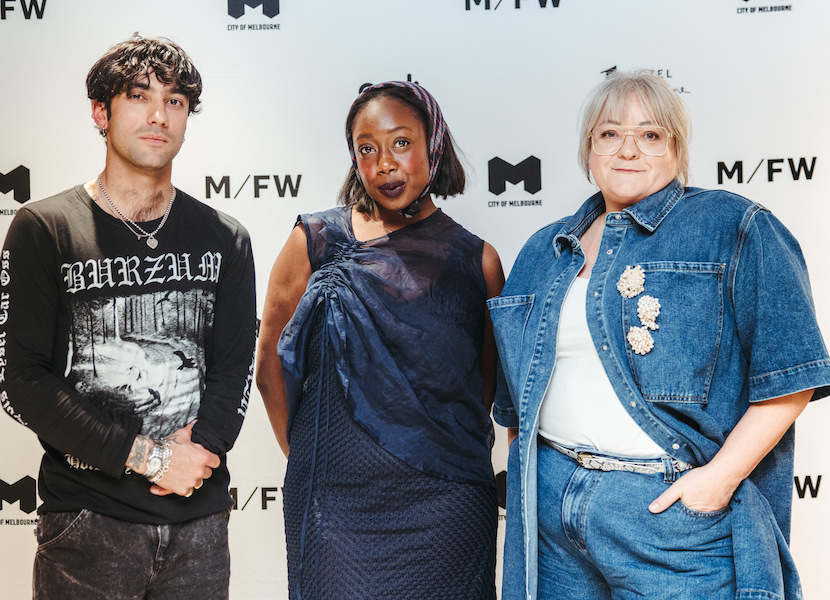
Designer and artist Gabriel Cole, Collective Closets co-founder Fatuma Ndenzak and designer and consultant Kerry Pietrobon.
No barriers to expression
A recurring theme throughout the roundtable discussion was the willingness to embrace what others might call ‘challenges’. For these designers, those moments of friction often spark the brightest flashes of creativity.
When designing, Gabriel Cole is acutely aware of the cultural spaces he occupies. As a designer for the local skateboard and streetwear brand, Hoddle, he acknowledges: “It’s a male-dominated space… but by nudging every time, deconstructing the norm, I hope to invite more people in.” Through his design approach, Gabriel consciously pushes his community to rethink who gets to participate, and how design can serve as an invitation rather than a gatekeeper.
Kerry echoed this sentiment, urging both designers and consumers to question outdated assumptions: “Do the research… Everyone is wearing everything now.” Her call for accessibility and open-mindedness served as a reminder that inclusivity begins with curiosity. When we stop designing or dressing according to limits and start designing with empathy, fashion becomes more accessible and free- an expressive art form everyone can enjoy.
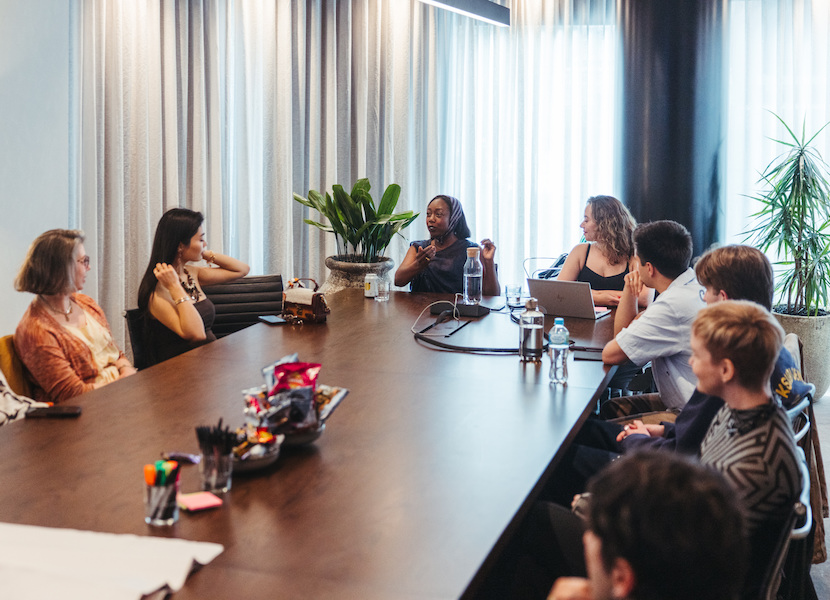
Dedication to community
During the panel talk, Gabriel also touched on the idea that “everything has already been made” and that modern design is, in many ways, a process of reinterpretation. There’s beauty in that honesty – it’s not about chasing originality for its own sake but about translating the world through one’s own authentic lens.
For Gabriel, that translation is rooted in community. His creative process responds to the needs, energy and stories of those around him. His gratification, he shared, comes from designing consciously and building trust through inclusive design; making space for everyone at fashion’s proverbial table.
For Kerry, inclusivity isn’t a milestone; it’s her foundation. Through Harlow, she designs clothing that helps women to feel confident in their bodies and themselves. Her brand empowers its community to dress for joy and self-expression, rather than for external validation.
By breaking these barriers, both designers champion fashion as a means of self-expression, creating collections that give people the freedom to dress how they like and, more importantly, to be who they are.
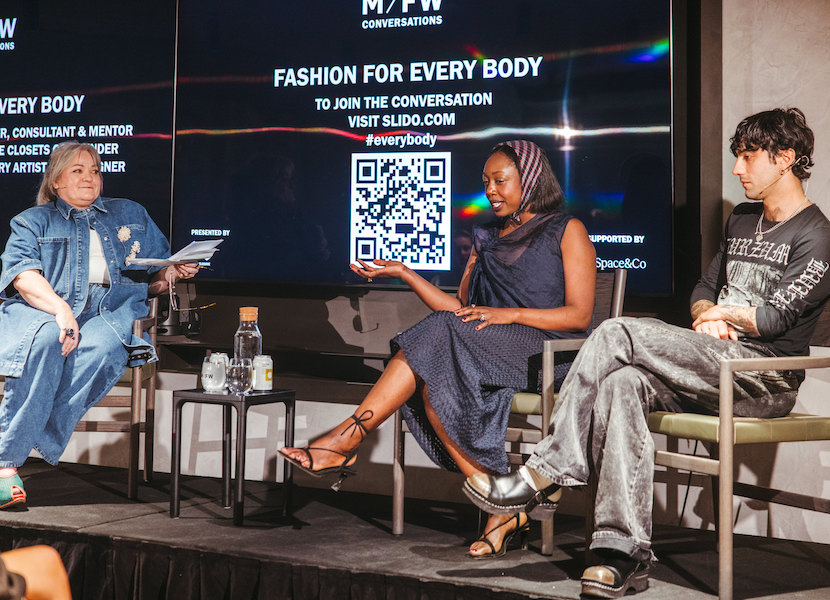
Inclusivity and beyond
Of course, the journey towards inclusivity in fashion is ongoing. There are still stones left to pave, and the panelists were the first to acknowledge it. True progress, they agreed, comes from consistent and intentional effort.
As Kerry wisely put it, “take small, intentional steps towards where you want to go.” Those steps, whether they’re about representation, accessibility, or challenging bias, accumulate into meaningful change.
What emerged from this conversation at GPT Space&Co was more than a discussion about design, it was a vision of what fashion can become when it reflects the full spectrum of humanity. The panel revealed how a deeper understanding of identity, culture and diversity can inspire fashion that truly mirrors the world we live in today: dynamic, expressive and unapologetically inclusive.
Click here to learn more about GPT Space&Co and receive 20 per cent off meeting and event space bookings in prime Melbourne locations when you book before December 31, 2025.

